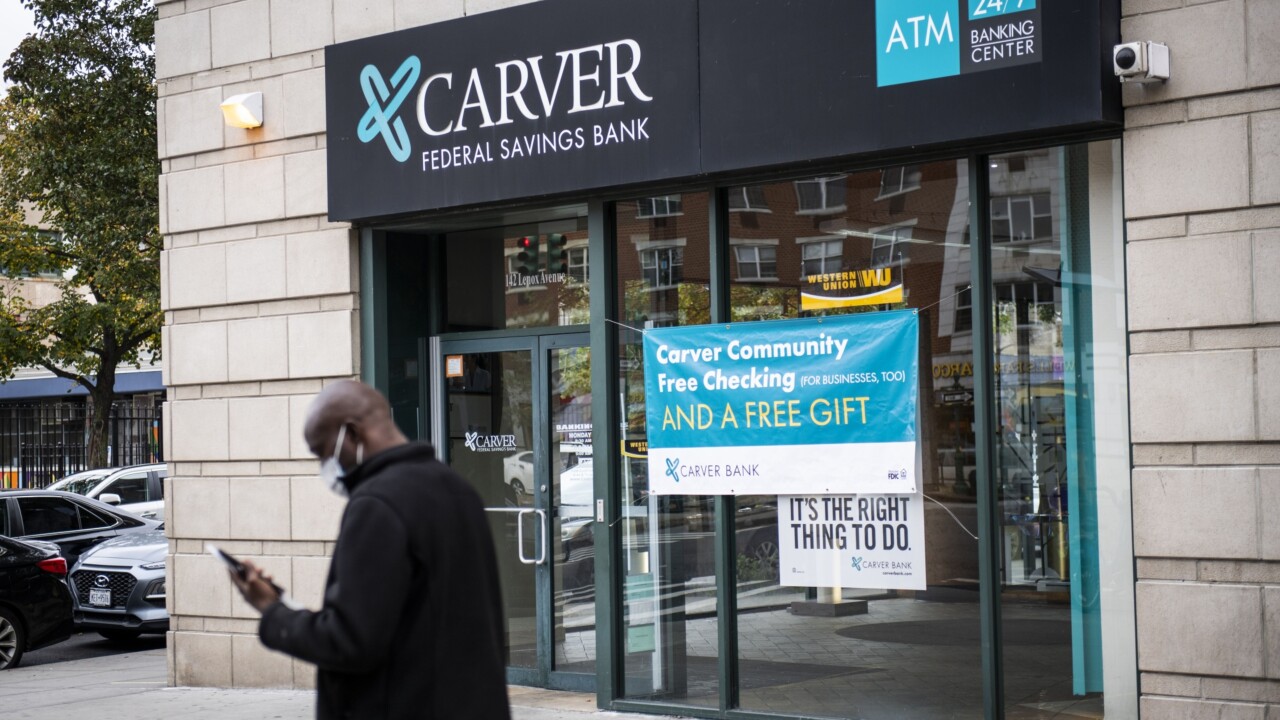The brick-and-mortar store is still where the majority of transactions happen for customers; even with extensive online options for research and purchasing, there is
Banks and retailers need to take note of changing payments technologies, but also of the two things consumers are looking for: security and convenience. The storefront is the perfect place to integrate all of those factors into one innovative shopping experience that is primed for the future, but doesn’t leave pre-adapters in the dust or jeopardize their patronage before they’re ready to dip a toe in the mobile wallet pool.
We see a growing convergence of the banking and retail industries to enhance consumer experiences using mobile phones at the heart of transactions. While some providers like Uber and Ola have forced consumers to switch to mobile wallets to enable cashless payments, there are still many challenges to overcome.

Even though mobile technology is being adapted to retail and banking spaces around the world, it hasn’t yet been adopted by the group that counts most–– consumers.
A survey was run onsite at last year’s Money 20/20 and through the Remesh platform, to track user habits with mobile wallets. Through this study, it was found that, of those asked what type of payment method they used the most, just over 91% cited a debit or credit card as their go-to method, followed by the nearly-nine percent who prefer cash.
In the same study it was also found that: 41% cited security as the most important factor when making a payment, and 52% cited convenience; when asked how often they used their mobile device to perform transactions, 50% said ‘sometimes’ and an additional seven percent answered ‘always.' This data, when examined, shows that while adoption of mobile payment methods is becoming more widespread, a movement away from carrying cards and cash hasn’t quite happened, either.
There are many factors that could point to the slow adoption of mobile wallets. Convenience and security, respectively, were noted as consumers’ top concerns. This is important information to take into account, considering that by 2020 we can expect to see
It’s more important than ever to commit to working directly with banks and retailers to help them understand the priorities of consumers, as well as their shifting habits. Across the globe, these collaborations are leading to upgrades and the implementations of new approaches, step-by-step. Customers need to be provided with a mobile enablement framework that gives them faster go to market capabilities but also the flexibility to leverage the investments and partnerships they have already made.
Even though consumers haven’t come as far as the technology has when it comes to mobile wallet technology, banks and retailers need to be ready to cater to all groups: those looking to use the technology, those who aren’t ready yet, and the often overlooked consumers in the middle ground who need an accessible nudge toward taking advantage of the powerful tools in their pocket.





